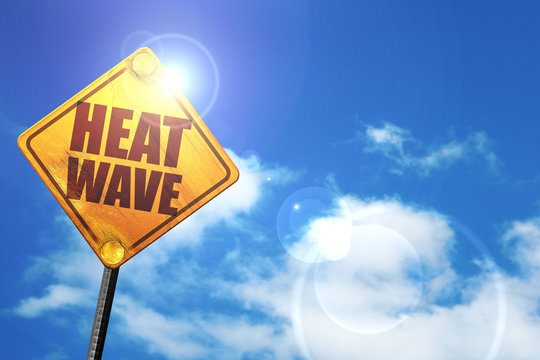Save the Children Philippines calls for the government to address climate change, as heatwaves surpassed 42ºC in five places this week, suspending hundreds of classes across the country. Children’s bodies are still developing and are not as capable of regulating internal body temperature as adults, making them more susceptible to heat-related illnesses, asthma, allergies, cardiovascular disease, and respiratory problems.
The Philippine Atmospheric, Geophysical, and Astronomical Services Administration (PAGASA) blames El Niño for recent heatwaves. High temperatures of 42ºC will be particularly uncomfortable in Western Visayas and Negros Island.
“Educators and local authorities have been forced to shut hundreds of schools because this extreme heat means children are simply unable to concentrate in the classroom, and their health is also at risk. We need to take urgent action now to limit warming to a maximum of 1.5°C above pre-industrial levels. Failing to do this will have dramatic consequences for children’s health, safety, and well-being,” Atty. Alberto Muyot, CEO of Save the Children Philippines, said.
Climate change has been raising global temperatures and causing unprecedented heatwaves worldwide, with more countries experiencing hotter days more frequently. Climate change and poverty threaten one-third of the world’s children, or 774 million, simultaneously. In fact, in the Philippines this week, the high heat index necessitated the closure of nearly 4000 schools and the move to alternative delivery modes of learning (ADM) to protect students.
Children and youth advocates expressed concern about climate change’s impact on their education and quality of life.
According to Rohj Olivo, a 17-year-old climate activist, “In the previous four years, we have seen changes in the school calendar and mode of delivery owing to the pandemic and to react to the changing environment, on top of all the class suspensions due to recurrent typhoons. We’re expecting another calendar adjustment as a result of El Nino.”
Carla, a fifteen-year-old from Navotas City, offered her firsthand experience: “Before, I used to walk home to save on fare, but now I can’t because of the heat.” Commuting is complex, sidewalks are tiny, and it’s really hot! Inequality exacerbates climate change’s effects. Big countries and corporations contribute to rising temperatures, leaving those with little to struggle the most. “They must be held accountable.”
According to some teachers from Eastern Samar and Cotabato City, the classroom’s oppressive temperature harms students’ health, focus, and the entire learning experience. “Several of our students are suffering with colds and coughs. If the heat wave persists, we must adopt modular learning so the children can wear light and stay hydrated at home.” Teacher Geralyn stated.
” Teacher Perla suggests that schools prepare for El Niño by providing potable water in each classroom. She noticed that the classrooms lacked enough ventilation, and a rising heat wave could make children restless, unable to concentrate, and ill.
“We encourage everyone at school to protect the health of both the students and the staff during this hot season. We highly urge water breaks in each lesson to keep children hydrated, keep the room well-ventilated, and avoid afternoon classes. We schedule modular lessons whenever possible, especially during peak heatwaves.”

